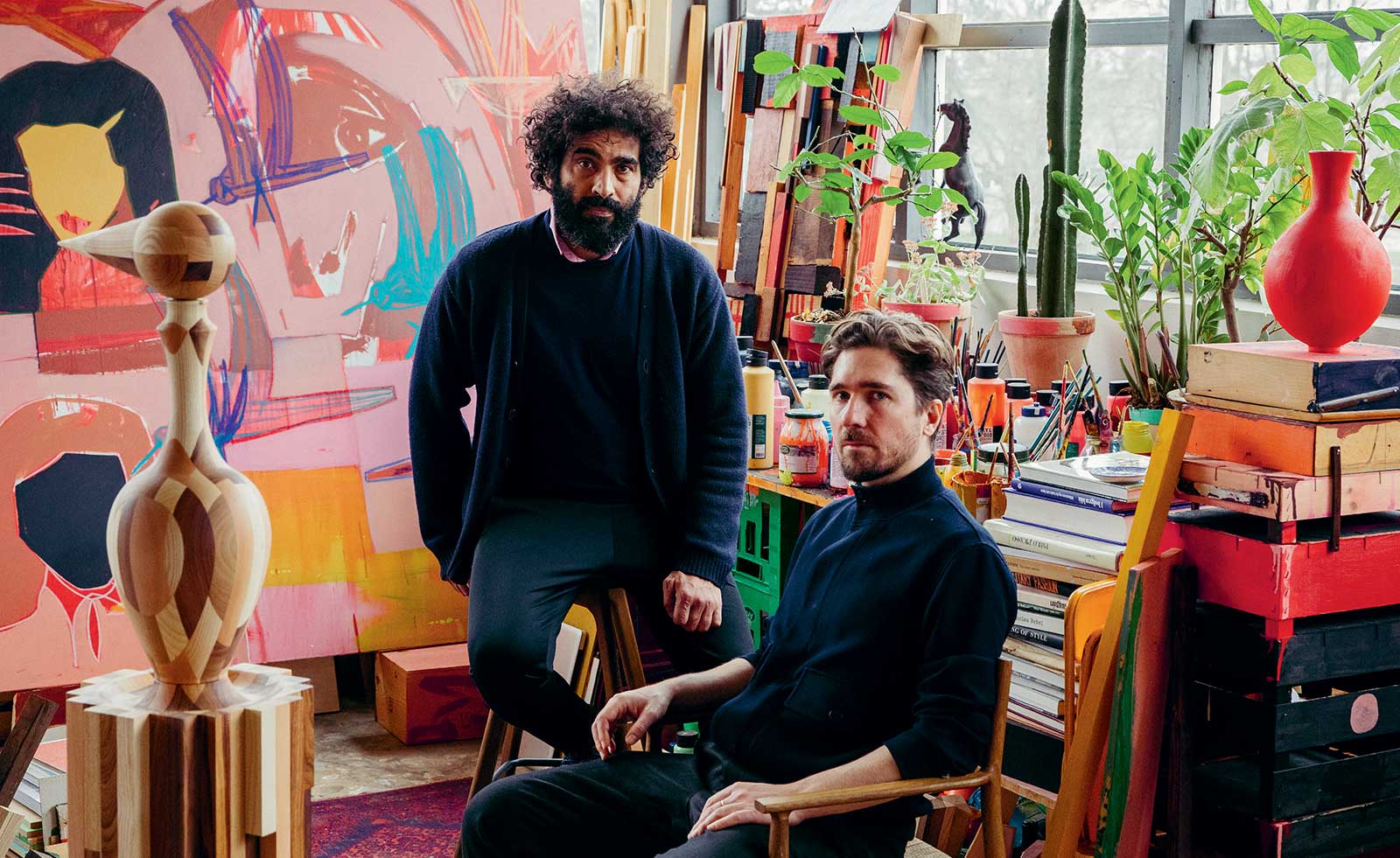
Farshad Farzankia’s studio in the Copenhagen suburb of Herlev is a glorious riot of colour, a welcome respite from the grey wintry skies on the day of our visit. Brightly-hued canvases in varying stages of completion lean against the walls and on each other, brushes, pastels, pencils and the occasional potted plant clutter every table and crate, while the concrete floor is a Pollockesque splatter. The space is compact but pulsates with a raw energy, as befitting one of the brightest talents to have burst onto the Scandinavian art scene in recent years.
For this year’s Wallpaper* Handmade, the Tehran-born painter – known for narrative compositions that often deal with cultural identity and exchange – is moving away from his favoured medium, and teaming up with Brdr Krüger, a fifth-generation joinery workshop in nearby Værløse. Farzankia and the workshop’s creative director, Jonas Krüger are longtime friends. They recently worked together on a sculptural installation for last year’s Chart Art Fair, Be running up that hill, I’d make a deal with God, which showed a flock of birds perched atop towers of crates. Their new collaboration, however, will be the first not to involve a single drop of paint.
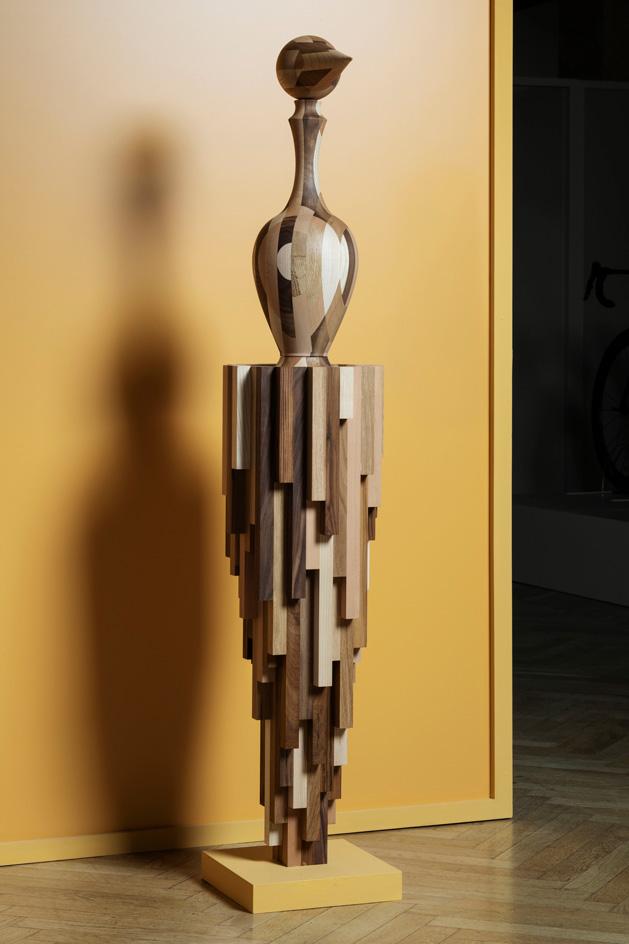
The finished piece, pictured at the Wallpaper* Handmade X: With Love exhibition in Milan.
Farzankia is an admirer of the 13th-century Persian mystic poet Rumi, who imagined birds as free-spirited creatures with direction and agency. ‘I think this view can help us humans to find and understand the concept of freedom,’ explains the artist. He has often featured birds in his artwork, with bodies contoured like ancient Persian vessels in reference to his family roots. He and Krüger were determined to include the motif in this Handmade project, too – an early idea involved creating a carousel that could be spun around by the viewer, populated by bird sculptures of varying sizes. Another thought, inspired by Japanese puzzle boxes and Dalí’s femmes aux tiroirs, was a wooden bird with sliding compartments to hold colour pencils.
But sometimes the simplest solutions are the best. Having sketched out and debated all their options, Farzankia and Krüger forwent the moving components and settled on a sculpture in two parts – an elegantly curved bird supported by a rougher-hewn pedestal. Importantly, both parts would be made from offcuts at Brdr Krüger’s workshop: oak from Studio David Thulstrup’s ‘Arv’ collection, made for the new Noma; ash from OEO Studio’s furniture for Tokyo restaurant Inua; beech and walnut from the ‘Tray’ and ‘Triiio’ tables, both by Hans Bølling; and teak from the famous Kay Bojesen monkey figurine. Instead of being processed into chips and burned for fuel, they would now find a new life, like a phoenix rising from the ashes.
RELATED STORY
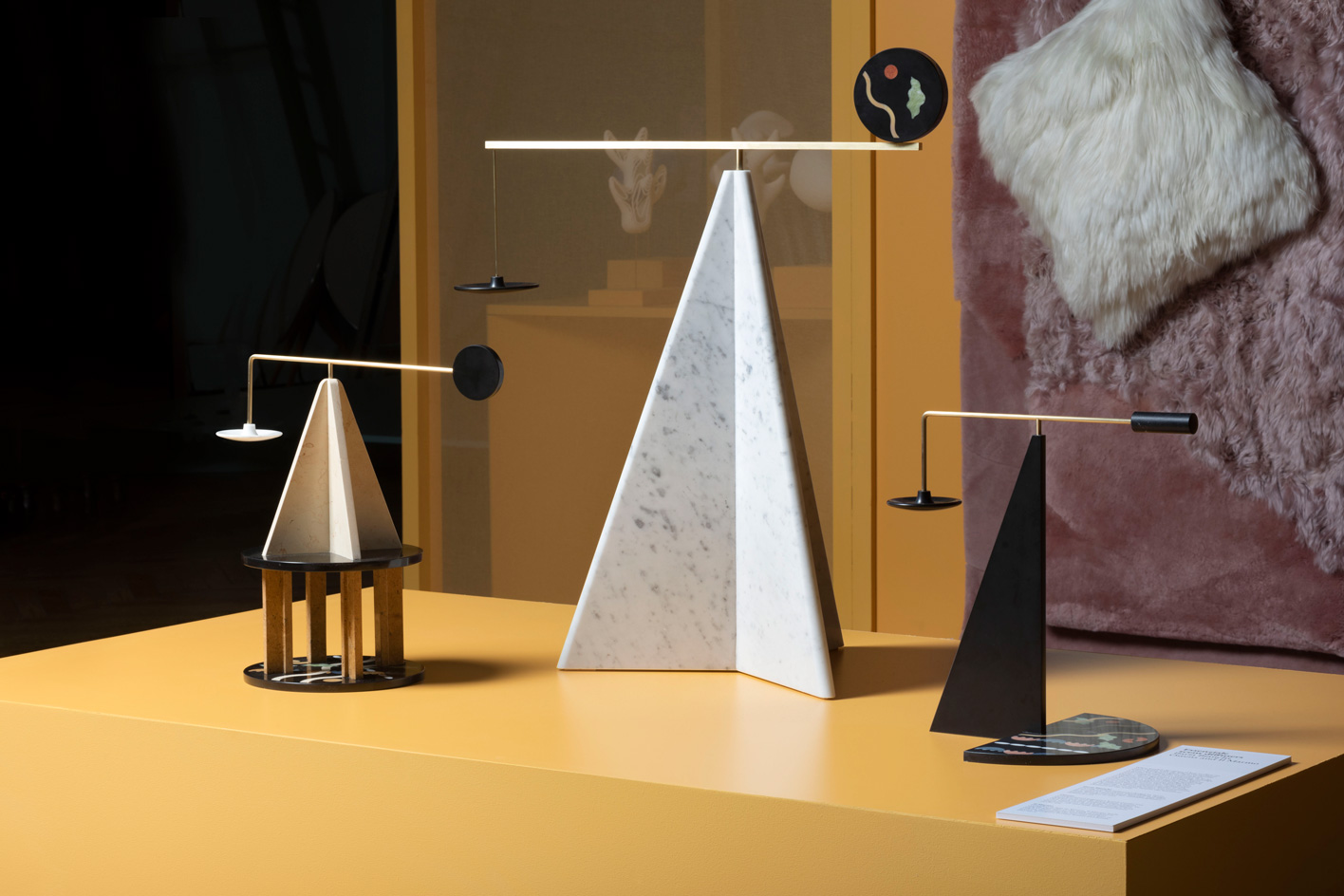
‘There is some resemblance to the Japanese philosophy of kintsugi,’ says Krüger of their concept. Farzankia chimes in to relate the sculpture to this year’s exhibition theme of love: ‘You can see that what is abandoned can be resurrected. In the same way, people often need to embrace heartbreak before they can experience love again. Love is about pain and loss, but also creation and joy.’
To create ‘Phoenix’, craftspeople at Brdr Krüger glued offcuts of varying dimensions into blocks, which were then turned on a lathe to create the head and body of the bird. Longer strips (cut down to uniform cross-sections) were used for the pedestal, narrow at the base and wider at the top, while a CNC-milled concavity mimicked the bird’s refined, smooth lines, and reinforced the idea that the two parts form a harmonious whole. ‘It’s traditional woodturning meets modern technology,’ reflects Krüger.
As well as showcasing technical know-how, ‘Phoenix’ is also a proof of concept for the direction in which Krüger and his co-owner and sister Julie want to take the family business. ‘We’re moving from being a traditional manufacturer towards being a self-producing design house that participates in the creative process,’ he continues. ‘We’ll be opening our first standalone store in Copenhagen later this year. And ‘Phoenix’ will be there, taking pride of place.’
As originally featured in the August 2019 issue of Wallpaper* (W*245)
INFORMATION
farshadfarzankia.dk; brdr-kruger.com
Receive our daily digest of inspiration, escapism and design stories from around the world direct to your inbox.
TF Chan is a former editor of Wallpaper* (2020-23), where he was responsible for the monthly print magazine, planning, commissioning, editing and writing long-lead content across all pillars. He also played a leading role in multi-channel editorial franchises, such as Wallpaper’s annual Design Awards, Guest Editor takeovers and Next Generation series. He aims to create world-class, visually-driven content while championing diversity, international representation and social impact. TF joined Wallpaper* as an intern in January 2013, and served as its commissioning editor from 2017-20, winning a 30 under 30 New Talent Award from the Professional Publishers’ Association. Born and raised in Hong Kong, he holds an undergraduate degree in history from Princeton University.
-
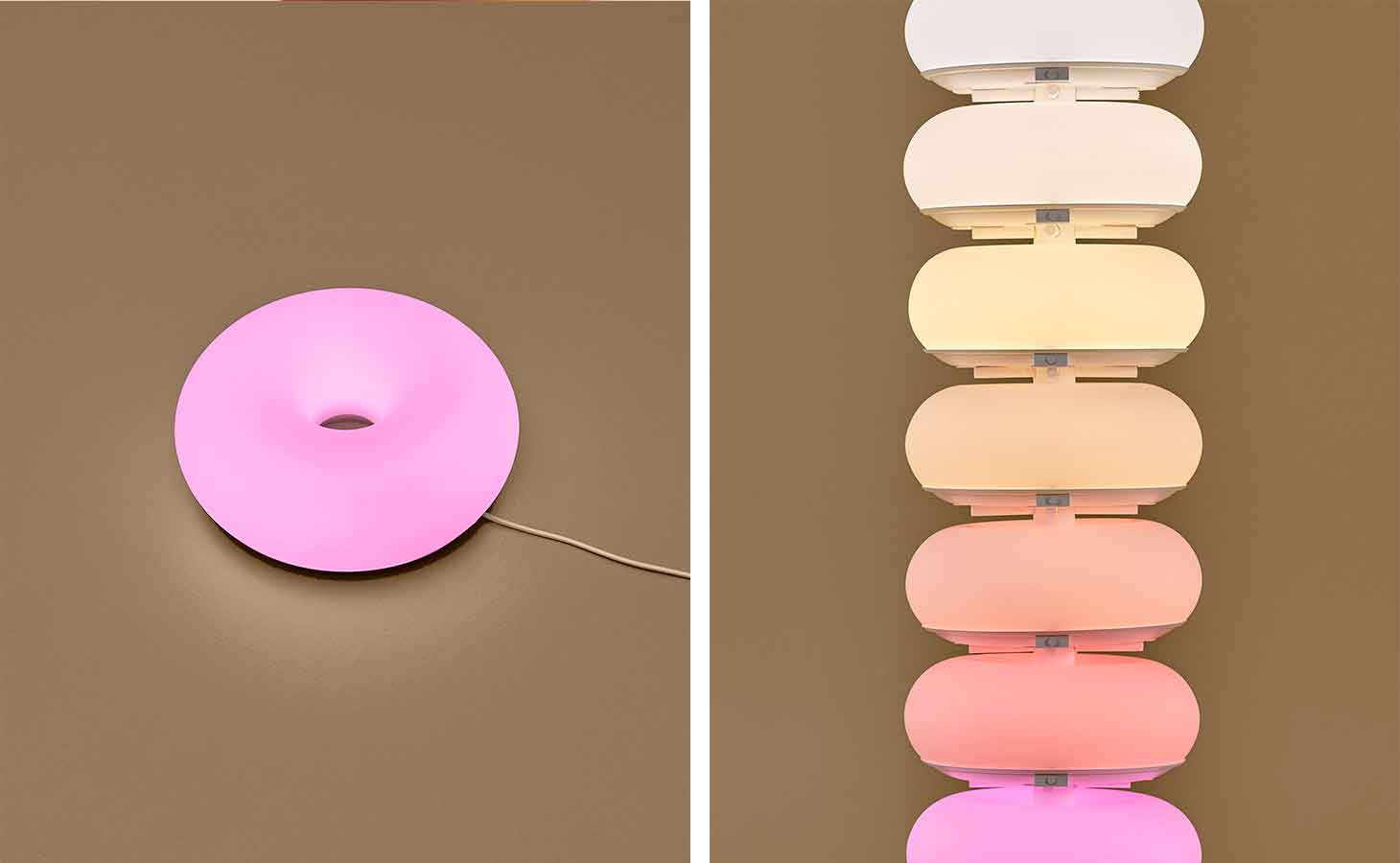 Sabine Marcelis has revisited her Ikea lamp and it’s a colourful marvel
Sabine Marcelis has revisited her Ikea lamp and it’s a colourful marvelSabine Marcelis’ ‘Varmblixt’ lamp for Ikea returns in a new colourful, high-tech guise
-
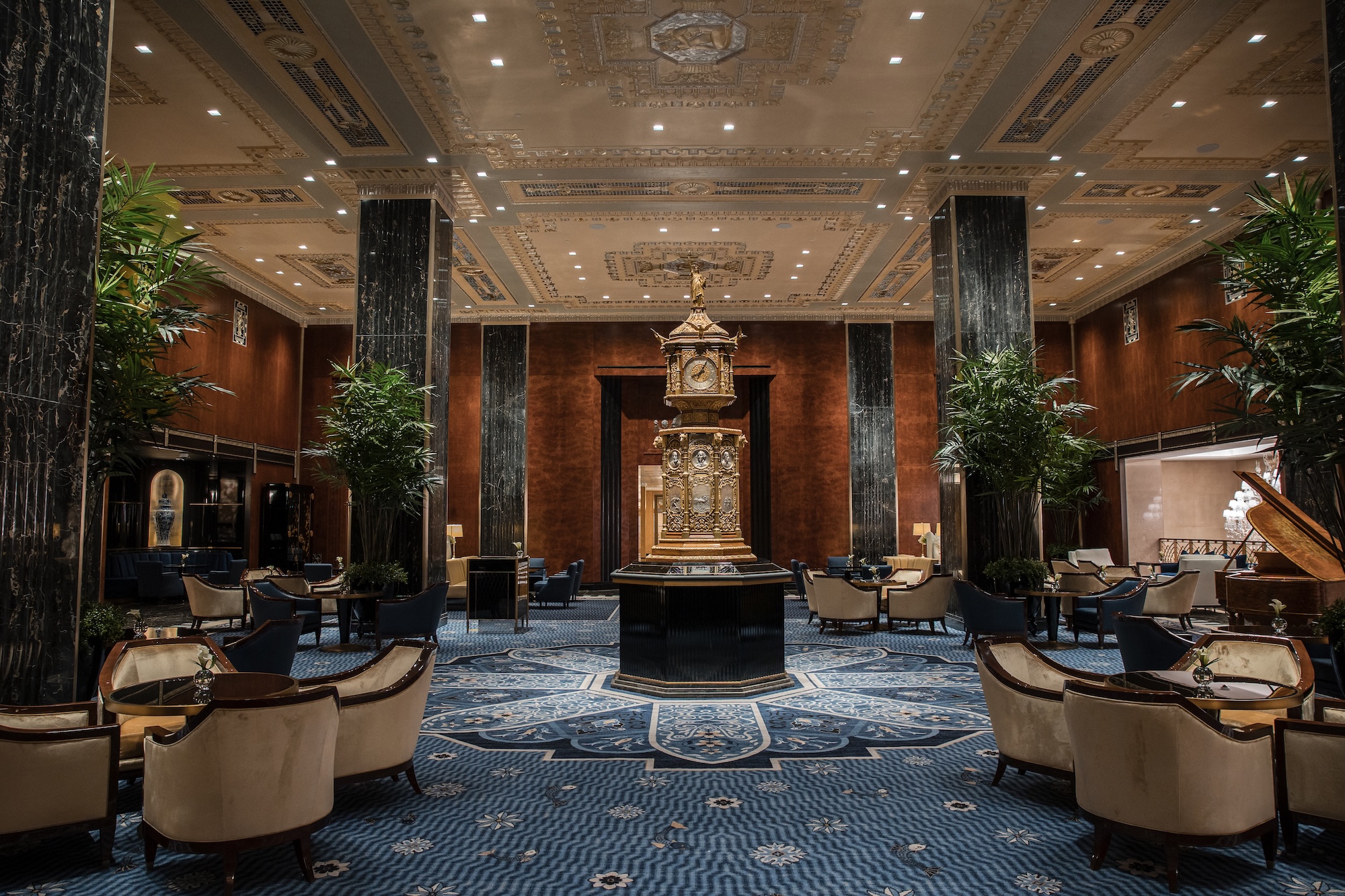 Is the Waldorf Astoria New York the ‘greatest of them all’? Here’s our review
Is the Waldorf Astoria New York the ‘greatest of them all’? Here’s our reviewAfter a multi-billion-dollar overhaul, New York’s legendary grand dame is back in business
-
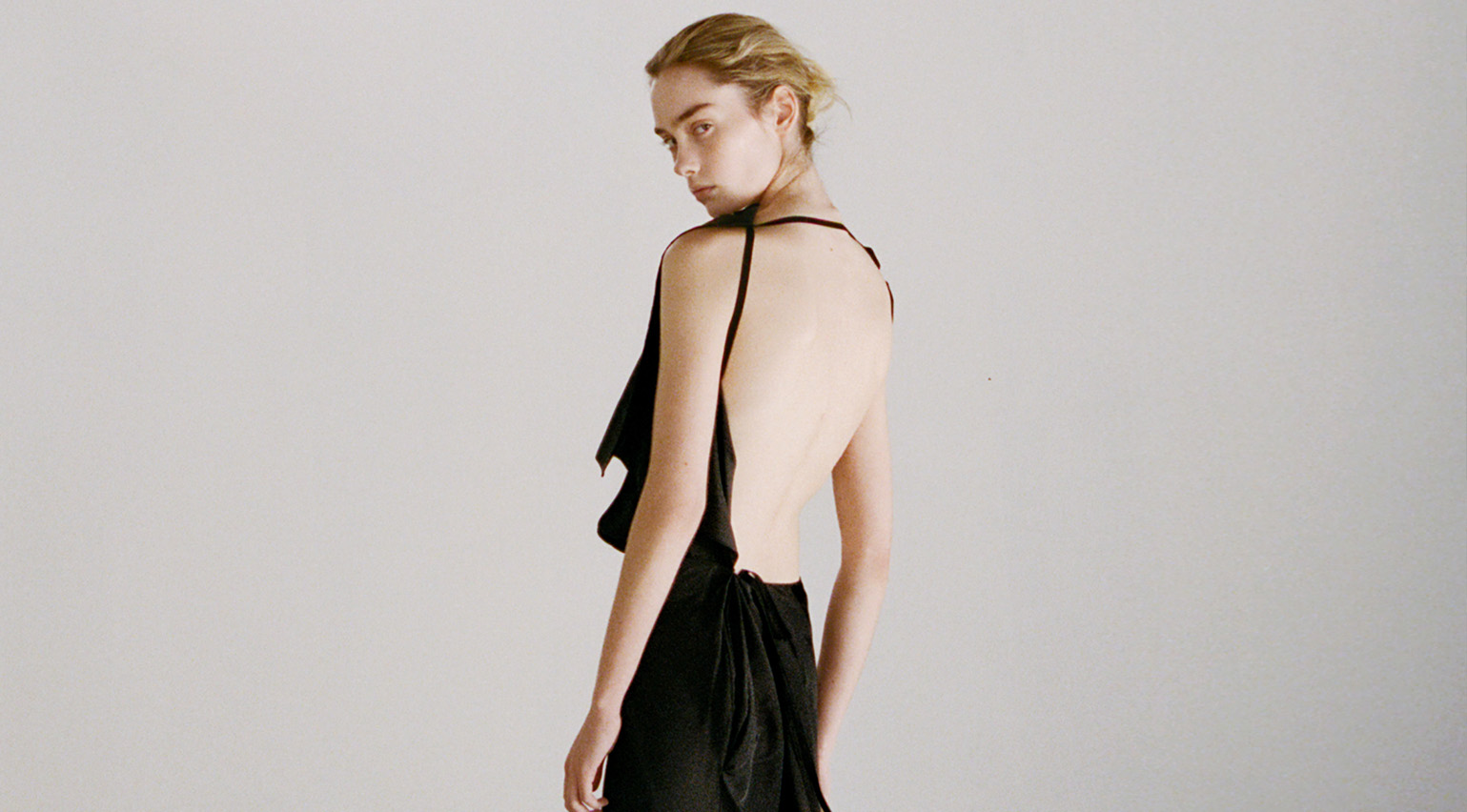 Colleen Allen’s poetic womenswear is made for the modern-day witch
Colleen Allen’s poetic womenswear is made for the modern-day witchAllen is one of New York’s brightest young fashion stars. As part of Wallpaper’s Uprising column, Orla Brennan meets the American designer to talk femininity, witchcraft and the transformative experience of dressing up